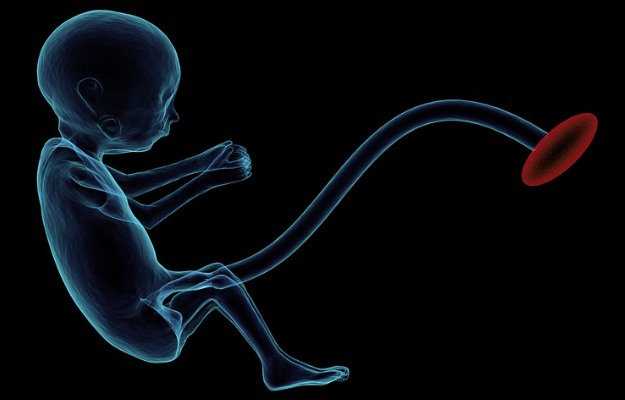What is intrauterine growth retardation?
Sometimes, during pregnancy, the foetus/baby fails to grow at the expected rate. This delay in growth is termed as intrauterine growth retardation (IUGR). This condition is of two types: when the body of the foetus is proportionally small, it is termed as symmetrical IUGR, and when the foetus has a head and brain of normal size with a small body, it is termed as asymmetrical IUGR.
What are its main signs and symptoms?
Delayed growth of either some or all parts of the foetus is observed in an ultrasound, suggesting IUGR.
What are its main causes?
Causative factors of IUGR can be either foetoplacental or maternal factors. Some of the common causes include:
- Maternal medical conditions which include:
- Diabetes mellitus
- Chronic hypertension
- Severe hypoxic lung disease
- Early gestational preeclampsia
- Inflammatory bowel disease
- Chronic renal disease
- Systemic lupus erythematosus
- Other maternal factors include:
- History of IUGR with a previous pregnancy
- Staying at high altitude (above 5000 feet)
- Alcohol use and smoking
- Malnutrition
- Drugs
- Cocaine
- Warfarin
- Phenytoin
- Infections
- Hepatitis B
- Herpes simplex virus (HSV)-1 or HSV-2 or human immunodeficiency virus (HIV)-1
- Cytomegalovirus
- Rubella
- Syphilis
- Toxoplasmosis
- Conditions of the placenta single umbilical artery, multiple infarctions, etc
- Conditions of the baby like Roberts syndrome; Trisomy 13, 18 or 21; Turner's syndrome
How is it diagnosed and treated?
The diagnosis of IUGR is made by the physician after taking a complete medical history, conducting a thorough physical examination and analysing reports of the following tests:
- Complete blood count (CBC) and blood chemistry panel
- Screening for infections: Maternal antibody titres (IgM, IgG) for TORCH which includes Toxoplasma gondii, rubella, cytomegalovirus and HSV-1 and HSV-2 titres
- Amniocentesis (foetal maturity is checked using this procedure before induction)
- Measuring uterine fundal height (mother's belly from the top of the pubic bone to the top of the uterus)
- Ultrasound examination
- Biophysical profile
- Doppler velocimetry
The treatment for IUGR includes:
- Management during the prenatal period
- Supplemental oxygen prolongs pregnancy for a short-term
- Bed rest to increase blood flow to the foetus
- Maternal illness management and providing a healthy and nutritious diet
- Steroids help in acceleration of foetal lung maturity
- Low-dose aspirin therapy could be prudent for individuals with risk factors of IUGR
- Management during labour and delivery
- Meticulous monitoring of foetal heart rate throughout labour
- Amnion fusion is recommended
- Caesarean section is recommended
- Monitor and evaluate the newborn for several conditions including hypoglycaemia and polycythaemia that develop due to intrauterine hypoxia and hypothermia
- Early induction of labour for delivery, if any problems appear while monitoring

 OTC Medicines for Intrauterine Growth Retardation
OTC Medicines for Intrauterine Growth Retardation















